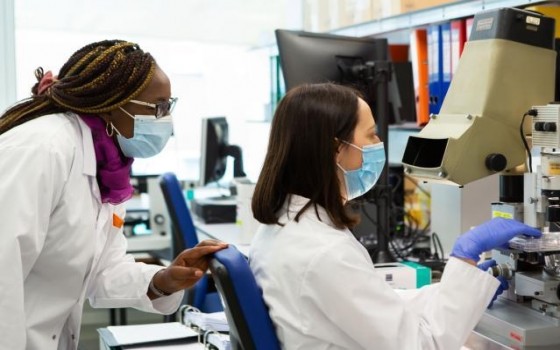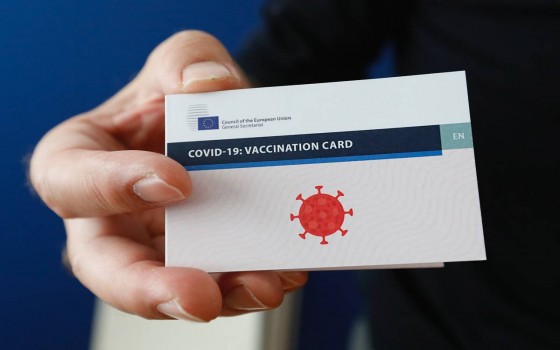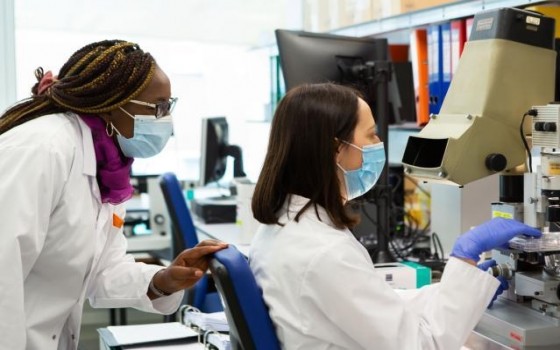
Hidden Toxins in E-Cigarettes: Study Reveals Compounds That May Harm Lung Cells

- Europe and Arabs
- Monday , 27 October 2025 7:32 AM GMT
California - Brussels: Europe and the Arabs
A study conducted by researchers at the University of California, Riverside, has revealed that a key ingredient in most e-cigarette liquids, when heated, can produce two toxic chemicals capable of damaging human lung cells even at low levels.
The researchers found that heating propylene glycol, the main ingredient in most e-cigarette liquids, leads to the formation of acetaldehyde and methylglyoxal – two compounds known to have harmful effects on the body. Although their dangers are known in other contexts, their effect on the lungs during vaping was unclear before this study. According to what was published by the European News Network in Brussels, "Euronews," which added under the title "Mechanism of Damage": The research team exposed laboratory-grown human airway tissue to realistic levels of these two chemicals and observed their effect on the basic functions of the cells. The results showed that both compounds disrupted cell function, but methylglyoxal caused damage at much lower concentrations.
The researchers indicated that this compound disrupts the function of mitochondria, the structures responsible for energy production within cells, and also weakens the cytoskeleton based on the protein actin, which helps cells maintain their shape and strength.
Professor Prue Talbot, the study's lead researcher, said: "These changes indicate clear signs of cellular stress and injury, which could lead to long-term health problems if repeated during e-cigarette use."
She added that acetaldehyde has previously received more attention because it appears in higher quantities in e-cigarette vapor and is also known to be a component of conventional cigarette smoke linked to lung disease.
"But our results suggest that methylglyoxal “Glyoxal may be more toxic to airway cells, even though it is present in lower quantities,” Talbot explained.
Low-power devices are not necessarily safer.
Researcher Man Wong, the study’s lead author, said the findings showed that low-power devices—which are widely assumed to be safer—may actually produce higher amounts of methylglyoxal.
“Because almost all e-cigarettes are propylene glycol-based, understanding how these secondary compounds are formed and how they affect cells is essential for assessing long-term health risks,” Wong explained.
The study also revealed that short-term exposure to these chemicals can alter cellular pathways associated with energy production, DNA repair, and maintenance of cellular structure.












No Comments Found